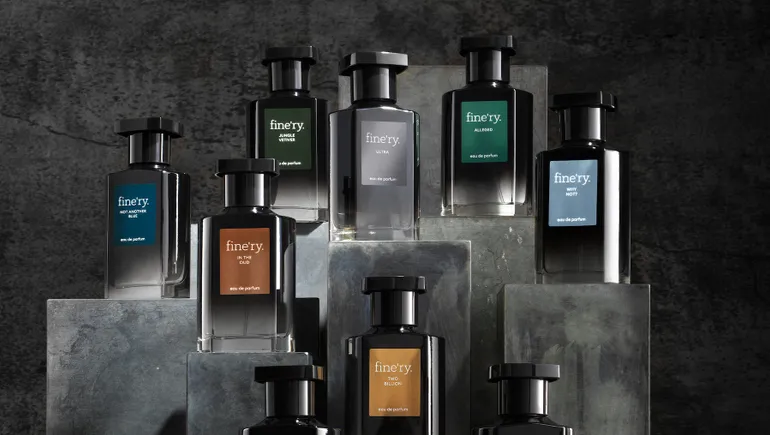

Photo: Contributed
Kristy Dyer, whose column Sustainability Spotlight usually appears in this spot every second week, is on an extended leave. Her column is expected to return in the spring.
This is the second of a two-part series about renewable natural gas by our new climate action columnists Janet Parkins and Eli Pivnick. The first part appeared Dec. 24
In the first part of this column about renewable natural gas, I discussed what RNG is, where it comes from and its availability. In this part, I discuss climate and health effects, FortisBC’s marketing strategy and the future of RNG.
Methane, also known as natural gas, can be RNG or conventional (or fracked) natural gas. Methane has a big carbon footprint. Escaped methane accounts for nearly a quarter of the global warming from all greenhouse gas emissions.
While carbon dioxide gets the most press, methane is a much more potent greenhouse gas—more than 80 times more powerful than CO2 in its first two decades, when the fuel packs its biggest climate punch.
RNG contributes directly to climate change as it leaks from the same leaky distribution pipelines as conventional natural gas. When RNG is burned in our appliances, it produces the same amount of CO2 conventional natural gas does.
Burning methane indoors is a known health risk. Nitrogen dioxide and other air contaminants released when cooking with gas increase a child’s risk of developing asthma between 24% and 42% and are known to aggravate Chronic Obstructive Pulmonary Disorder, a lung condition. Significant amounts of natural gas leak from gas appliances even when they are turned off.
RNG is up to five times more expensive than fossil gas because of the complexities of capturing and processing the methane. Many of the lowest-cost RNG projects (using waste streams that are large, centrally contained and conveniently located near existing pipelines) have already been developed. What remains are the costlier projects—smaller facilities farther away from pipelines and biomass that is dispersed. Replacing fossil gas with RNG would be prohibitively expensive.
FortisBC applied to the B.C. Utilities Commission, the government agency responsible for regulating energy utilities in B.C., to provide 100% RNG to new customers while spreading the cost across all existing customers. The BCUC rejected the proposal, saying, “The BCUC recognizes that there is a need for an orderly transition of B.C.’s energy system towards a net-zero carbon emissions future and measures will need to be taken to address the role of gas and protect FortisBC gas customers.”
As of July 1, 2024, to support B.C.’s “clean energy transformation”, FortisBC delivers 1% RNG to all customers and customers can opt for a higher percentage (at least on paper) for an additional average cost of between $2.10 per month for 5% and $51.98 for 100%.
As of Jan. 1, the BCUC approved a 17.5% rate increase. According to FortisBC, the average residential customer will see their bill increase by about $14.25 per month. Rates may change again in the first half of 2025 as the BCUC reviews Fortis’ rate-setting framework.
The gas industry is using RNG to greenwash its image while obscuring its real objective—selling more natural gas, even at the climate’s expense. The industry aims to create the illusion that our gas system can be decarbonized by introducing a new renewable fuel, RNG, that can offset today’s gas demand. In reality, it would offset only a small portion of that demand.
If the public can be convinced, it will enable gas companies to invest millions more dollars into new infrastructure that would lock in decades of profits from natural gas sales. The result would be consumers paying higher prices for a façade of GHG reductions.
FortisBC is promoting the use of RNG in buildings as an alternative to conventional or fracked natural gas. However, this is false because:
• There will never be enough RNG.
• RNG is expensive to produce.
• RNG has the same negative indoor health effects as other sources of natural gas.
• RNG is prone to leakage from pipelines and other infrastructure: a major source of GHGs.
The best use of RNG is as an alternative fuel for backup generators or in situations that are hard to decarbonize, such as long-haul trucking, concrete-production and other industrial processes.
Electrification is by far the better alternative to natural gas for heating buildings. As well as having no carbon emissions or noxious gases, electric heat pumps are more efficient and come with the added benefit of being able to provide cooling as well as heating.
An honest conversation about our energy future must include scaling up proven non-emitting technologies, such as wind, solar and geothermal production rather than locking in our dependency on natural gas. It doesn’t make sense to use RNG where natural gas could simply be replaced with net-carbon zero electricity. In conclusion, there is no need to use RNG in homes. Safe, clean and less expensive alternatives to natural gas already exist.
Janet Parkins is a member of Frack-Free BC and Climate Action Now! North Okanagan.
This article is written by or on behalf of an outsourced columnist and does not necessarily reflect the views of Castanet.
link





